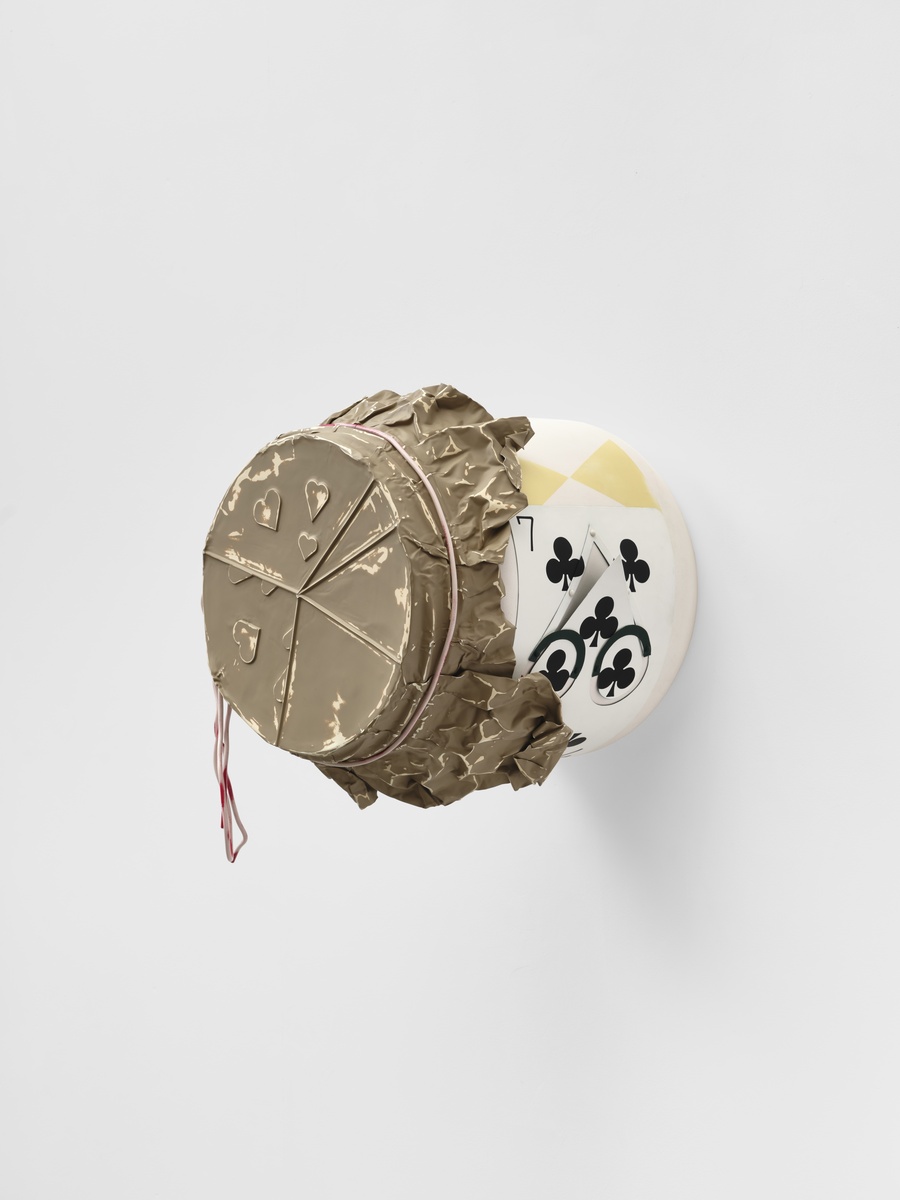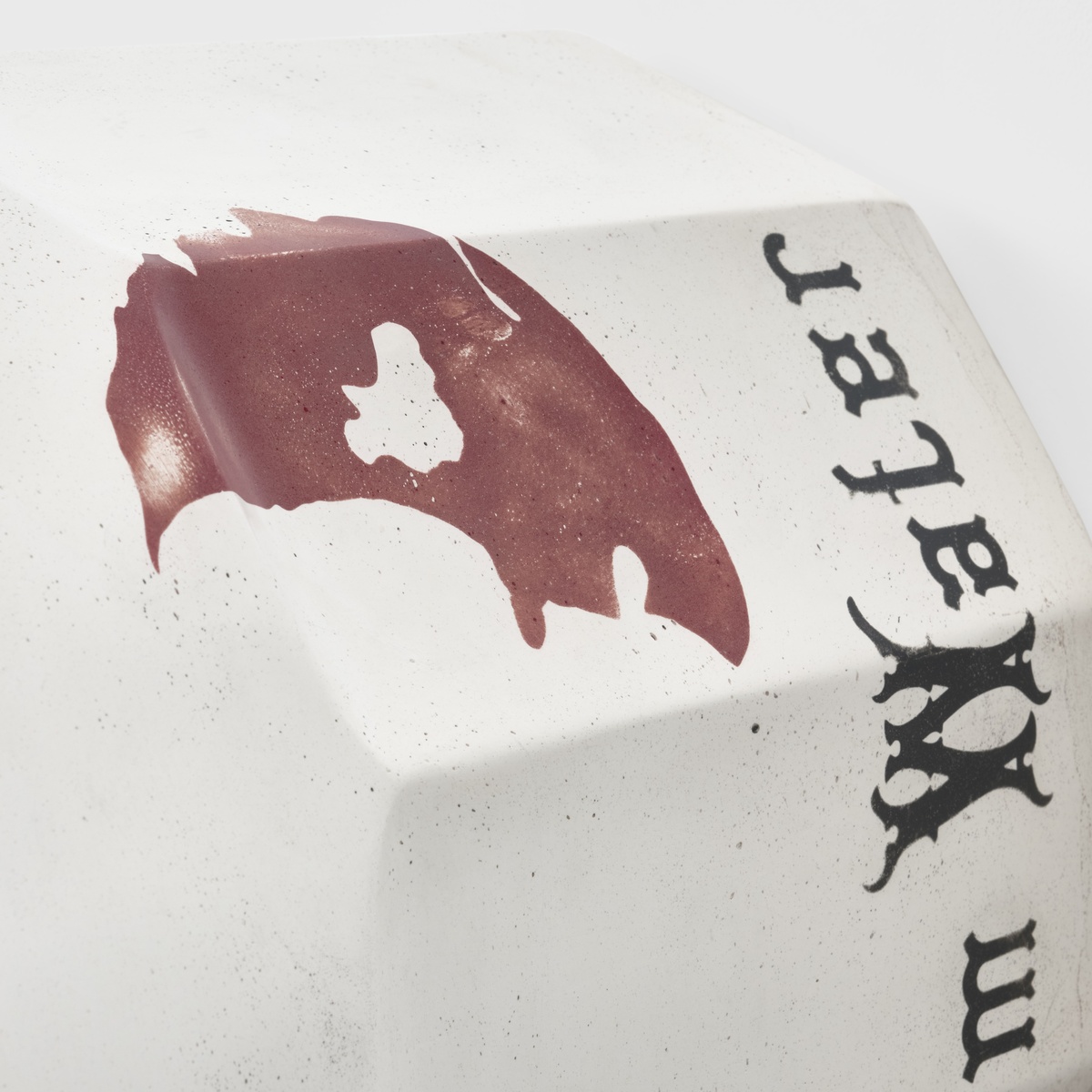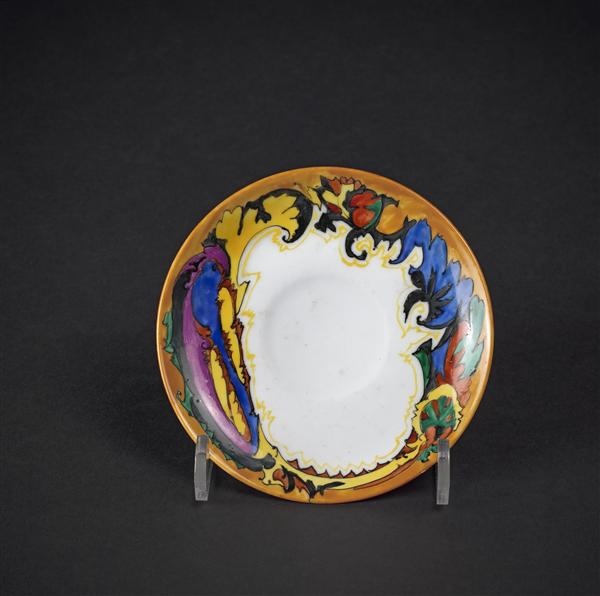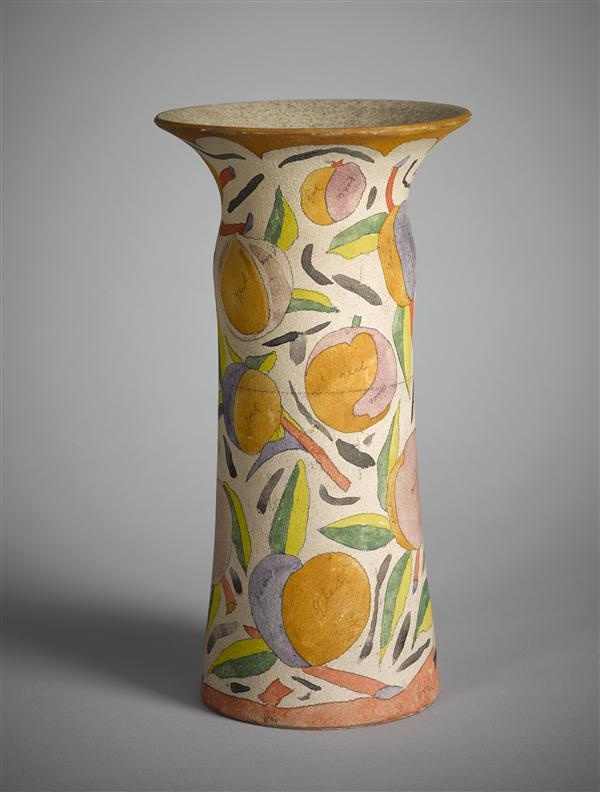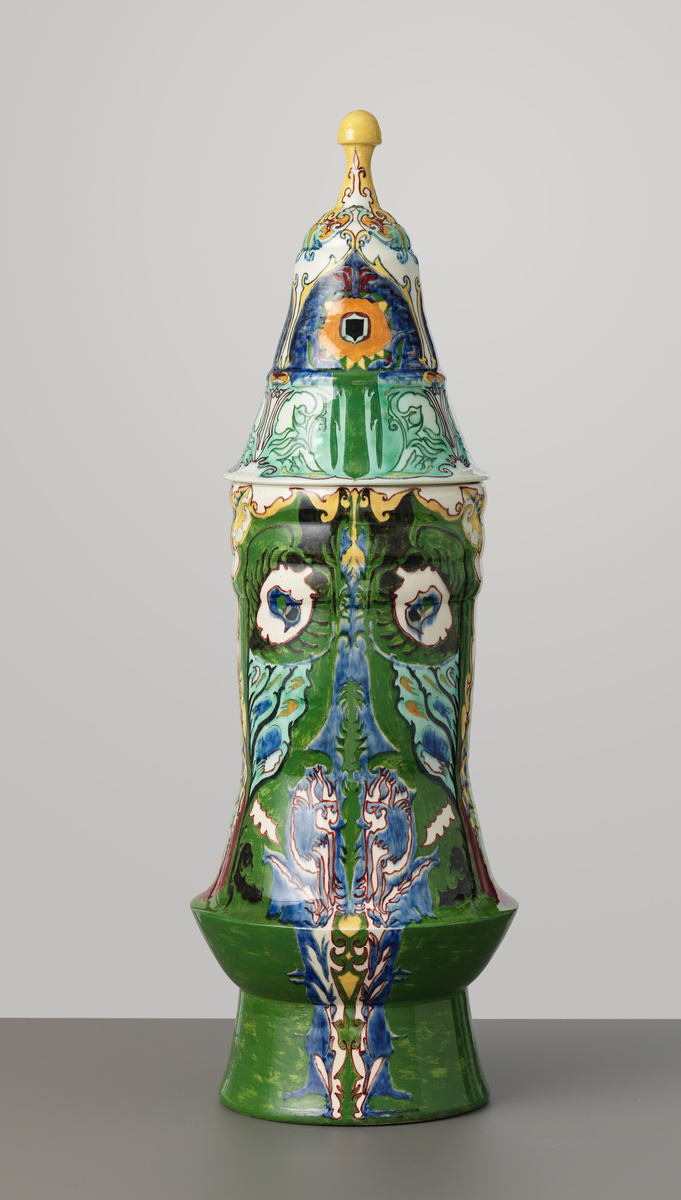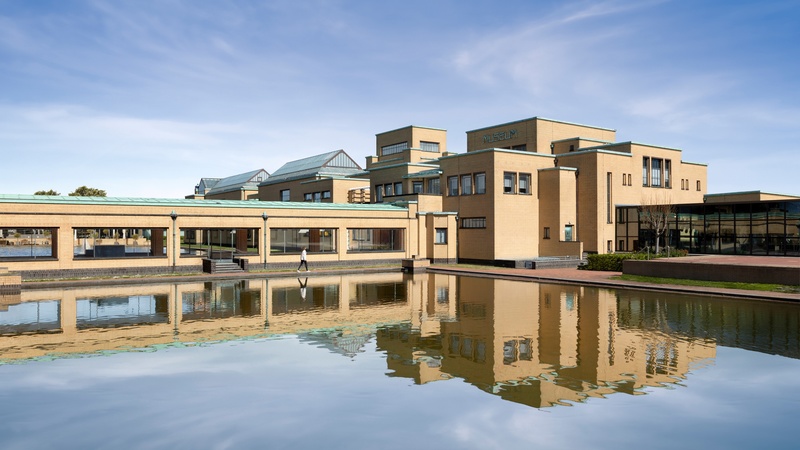Magali Reus x T.A.C. Colenbrander
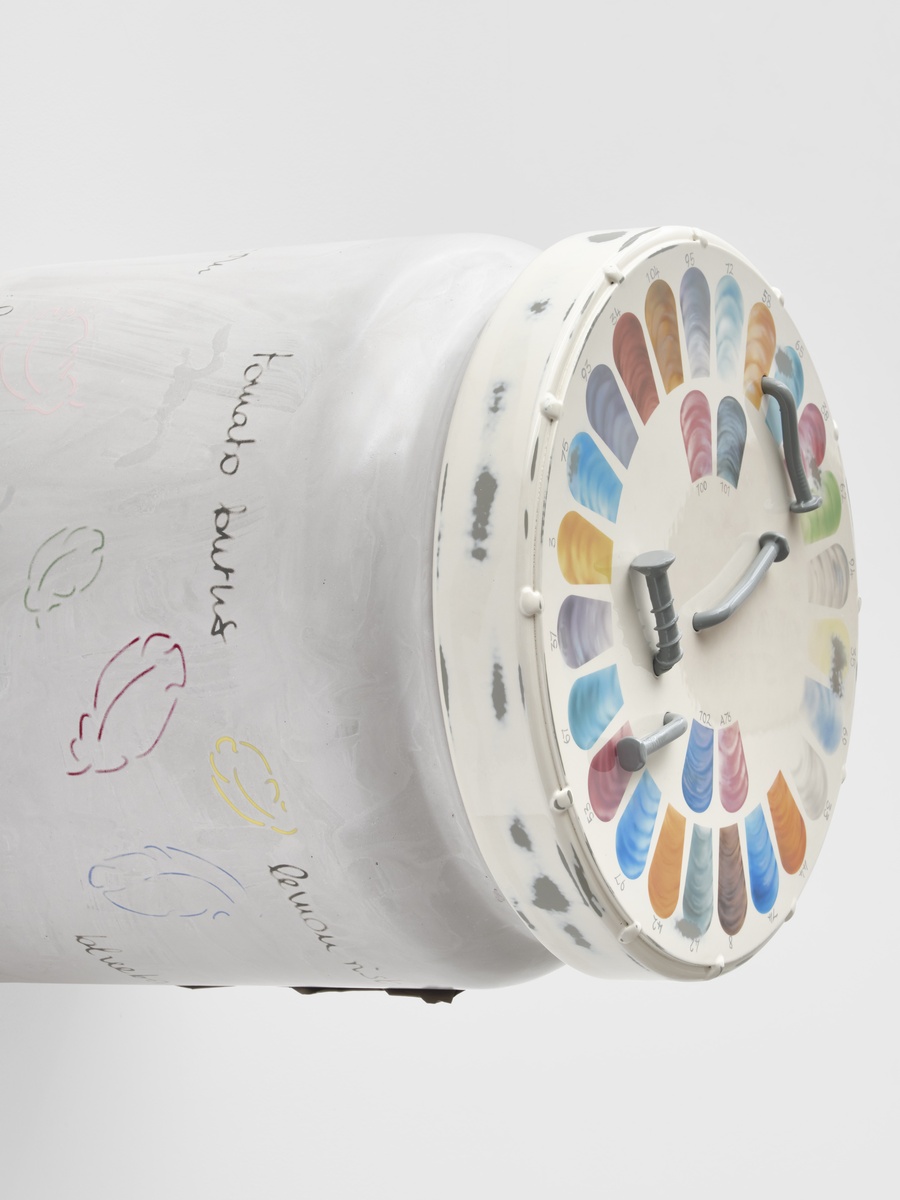
Parallel Bones interweaves the work of two makers whose lives are separated by almost a century, as artist Magali Reus seeks friction and connection with nineteenth-century objects designed by T.A.C. Colenbrander in the museum’s collection.
Parallel Bones is a remarkable project by Magali Reus in the form of a duo exhibition with designer T.A.C. Colenbrander (1841-1930), one of the founders of Art Nouveau in the Netherlands. In Parallel Bones, Reus’ own work will share a space with pieces by Colenbrander from the museum’s collection, including rugs, rug designs, plates, vases and samples in biscuit that served as examples for pottery painters. The items will be displayed in an unconventional manner, with works and objects that normally stand upright shown, for example, at a 90-degree angle to special display modules that Reus has made using 3D scans. She has also produced several new works specially for the exhibition, with visual references to Colenbrander motifs, including the Clementine Series. Reus’ sculptures and installations will enter into a playful dialogue with around 45 items designed by Colenbrander, many of which have never before been exhibited. In addition, during Parallel Bones, which will run from 2 November 2024 to 9 March 2025, four sculptures by Reus will be on display in the entrance hall of neighbouring Kunstmuseum Den Haag.
“It’s amazing how Magali has brought these items from the collection to life with her work. By showing the works and objects in this way, visitors will also get to see them from unexpected angles, allowing you perspectives you wouldn’t normally have. At the same time, the objects seem stubborn and misbehaving, they become proudly idiosyncratic, there purely to be admired for what they are rather than what they are for.”
– Yasmijn Jarram, curator KM21
Candlesticks and Clementines
Magali Reus (b. Den Haag, NL 1981) often bases her work on functional, everyday objects, such as an emptied-out marmalade jar, an urban lamp post, and others. With her intuitive approach to materials, and her hyper-precise construction, composition and finishing, Reus reconfigures the familiar and expected properties of the objects, altering our initial relationship towards them. Reus uses a wide range of contrasting fabrication techniques: from the hand-rendered (wicker weaving; embroidery, carving) to the industrially manufactured (CNC milling; powder coating, 3D printing). Through processes of physical transformation, these objects shed their intended functional status and are allowed to newly exist as liberated performative 'things’. Despite their initial sleek appearance, the works are poetic and humorous as well - they feel familiar but sit equally uncomfortably at odds, outside clear categorisation.
Colenbrander: biscuit samples and early abstraction
Reus has admired the work of designer T.A.C. Colenbrander for many years. Regarded as one of the founders of Dutch Art Nouveau, he lived for much of his life in The Hague. Colenbrander’s progressive, capricious and colourful motifs were in line with a new form visual language that flourished in the late nineteenth century that reintroduced nature as a basic form – an early form of abstraction. Colenbrander made a large number of models in biscuit, to which he applied a range of motifs in pencil and watercolours and names them with poetic and opaque terms: ‘strawberry’, ‘lace’, ‘strong’, ‘twist’, ‘effervescent’ or ‘tangled’.
The exhibition is supported by Ammodo and Stroom Den Haag
